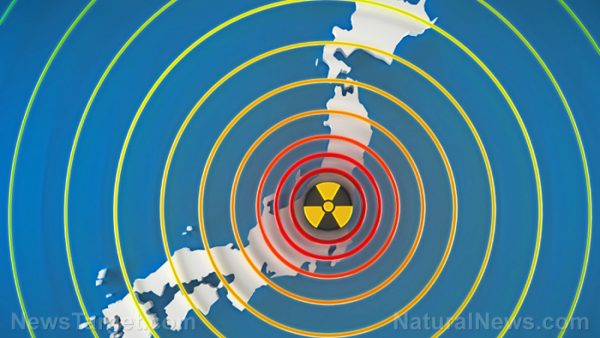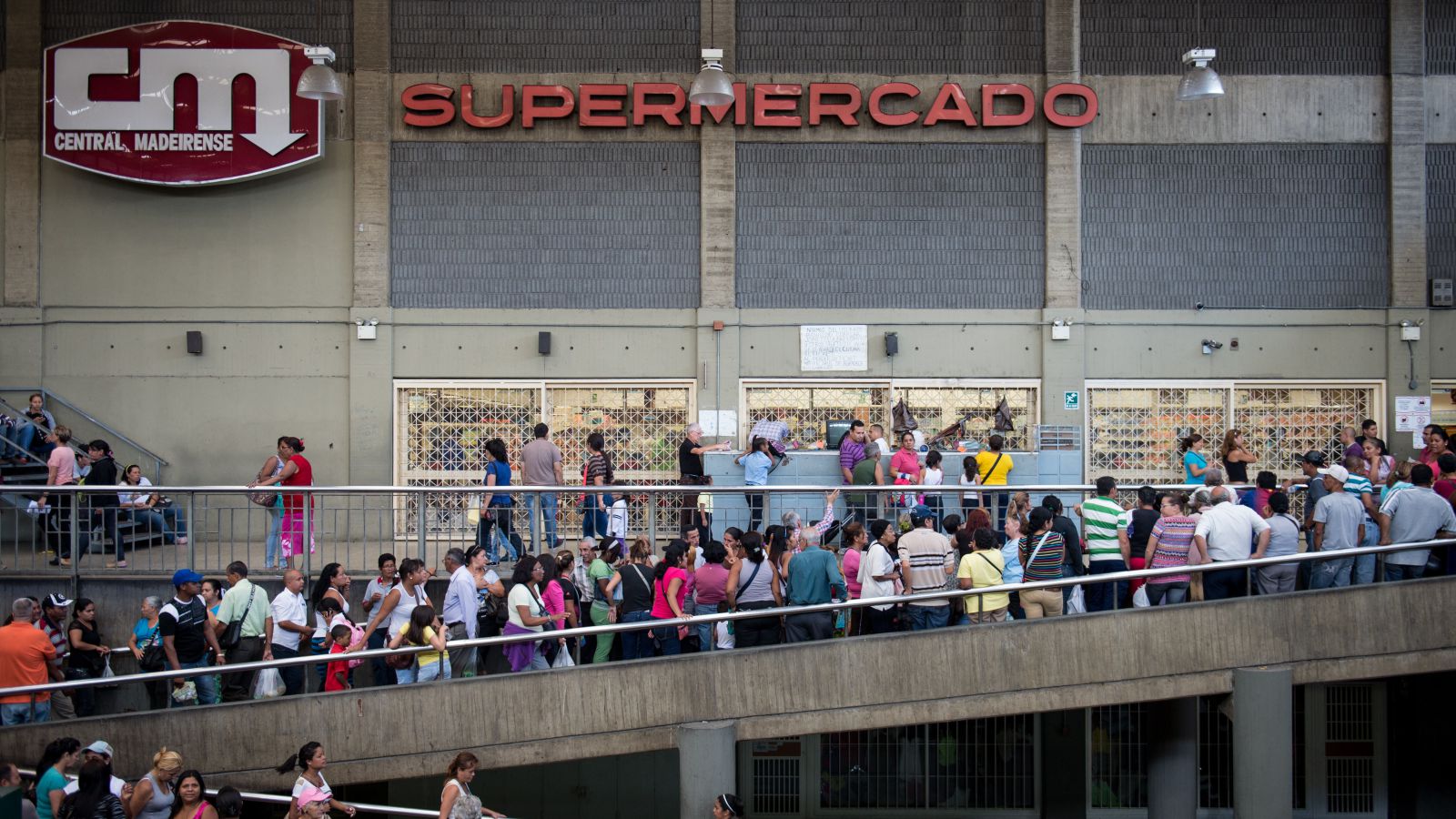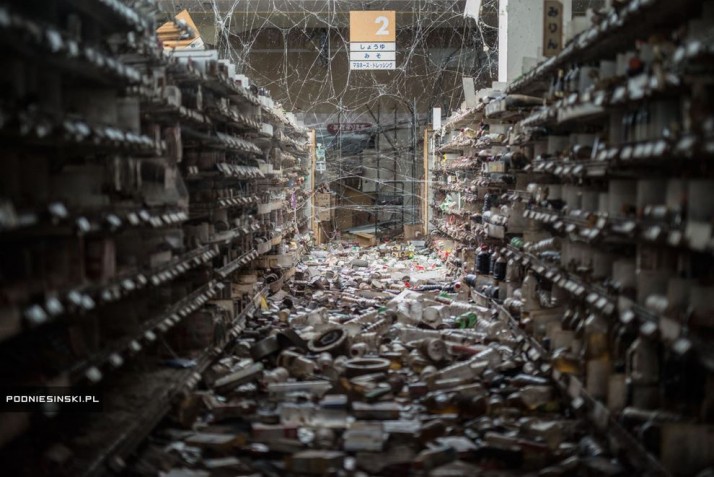More radioactive material to be released into the Pacific Ocean from the failed Fukushima power plant
09/13/2017 / By Tracey Watson

The Fukushima Daiichi nuclear power plant was one of the 15 largest nuclear power stations in the world, until it sustained massive damage when Japan was hit first by a magnitude 9.0 earthquake, and then a massive tsunami, on March 11, 2011. Almost 16,000 people died in the disaster, and another 160,000 lost their homes and employment.
Japan has been involved in an extensive clean-up campaign ever since.
Now, the Telegraph is reporting that the Tokyo Electric Power Co. (TEPCO), which operates the nuclear plant and has been responsible for cleaning up the mess, has announced the release of radioactive tritium straight into the Pacific Ocean. The announcement has been met with outrage by environmental groups and locals alike.
Among those most affected by the disaster were the fishermen of Fukushima. Even two years into the cleanup operations, The Guardian reported that over 300 tons of radioactive groundwater was still seeping into the Pacific Ocean on a daily basis, not only killing marine life, but obliterating the local fishing industry. After all, nobody wants to risk eating radioactive fish. [Related: London grocery stores have been selling Fukushima rice, despite fears of radioactive contamination.]
“I haven’t been able to fish since the tsunami,” Kazuo Niitsuma, a 63-year-old local fisherman, told The Guardian at the time. “People want to be reassured that they are buying fish that is safe to eat, and we can’t give them that guarantee at the moment. … At times like this, it feels like the nuclear problem will never be resolved, and for that Tepco and the government must take responsibility.”
TEPCO has done anything but accept that responsibility. After they initially failed to deal with the contaminated water and then did all they could to hide the extent of the problem, very few people have much faith in anything they say.
They are now adamantly insisting that the radioactive tritium they are going to release into the ocean will not be a problem because it will be diluted in the vast body of water. The company has been struggling to find a way to deal with the 770,000 tons of contaminated radioactive water being stored in 580 tanks at the site. While most of the radioactive materials have been filtered from the water, they have not been able to get rid of the tritium.
Environmental groups refuse to accept that explanation, insisting that the company has had plenty of time to find a solution that will not further harm the local fishing industry and destroy more marine life. [Related: If you’re concerned about the health of our oceans, visit Environ.news]
“This accident happened more than six years ago and the authorities should have been able to devise a way to remove the tritium instead of simply announcing that they are going to dump it into the ocean,” Aileen Mioko-Smith, a campaigner with Green Action Japan, angrily told The Telegraph.
Who can trust the word of a company that conspired with the government in the weeks and months after the disaster to cover up its severity? An insider report, which included the testimony of dozens of TEPCO employees, confirmed that they were instructed to remain silent about the meltdown. This lie of omission needlessly exposed hundreds of thousands of people to radiation and future health consequences, including cancer.
TEPCO’s president, Naomi Hirose, admitted at the time, “I would say it was a cover-up. It’s extremely regrettable.”
It is indeed regrettable that the company responsible for this disaster has not shouldered the responsibility of honorably cleaning it up and protecting the livelihoods of those in the area, like the now desperate fishermen of Fukushima.
Sources for this article include:
Tagged Under: fishermen, fishing industry, Fukushima, Japan, natural disasters, nuclear cleanup, nuclear meltdown, ocean health, radioactive tritium, radioactive waste, seafood safety, tritium




















